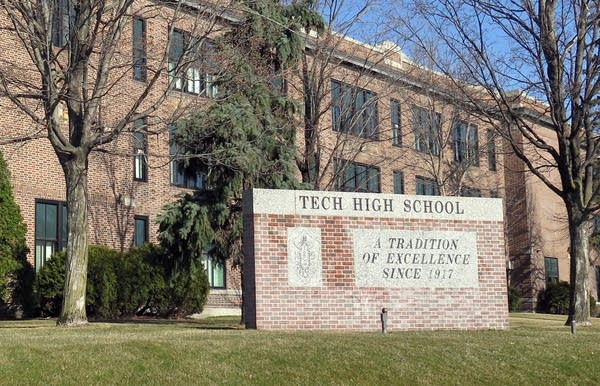School discipline method teaches students how to behave

St. Cloud Technical High School, shown here on April 13, 2016, was one of the first Minnesota schools to implement the Positive Behavior Interventions and Supports, or PBIS, school behavior system.
Solvejg Wastvedt | MPR News
Go Deeper.
Create an account or log in to save stories.
Like this?
Thanks for liking this story! We have added it to a list of your favorite stories.


